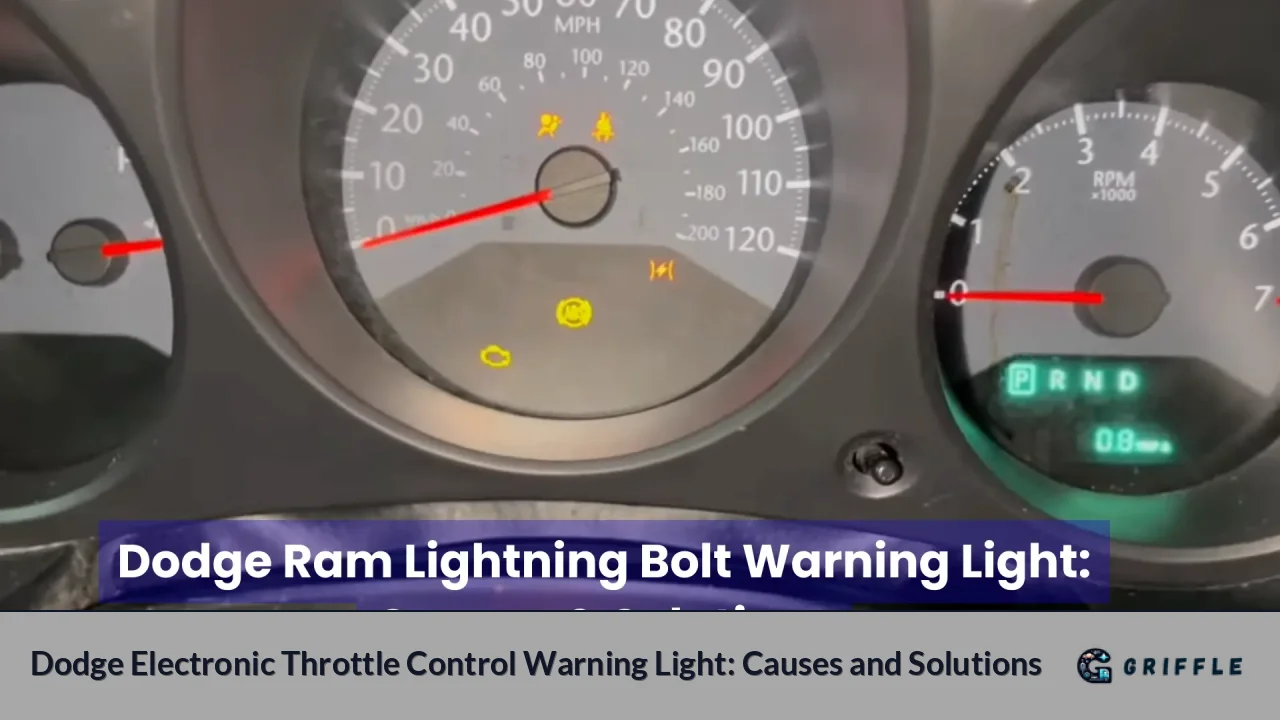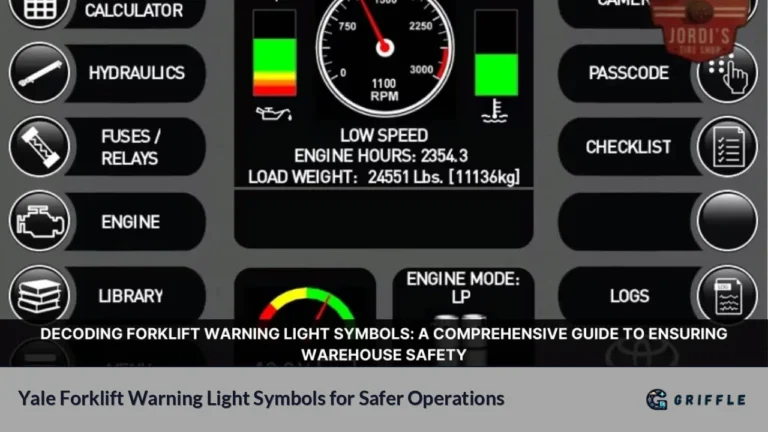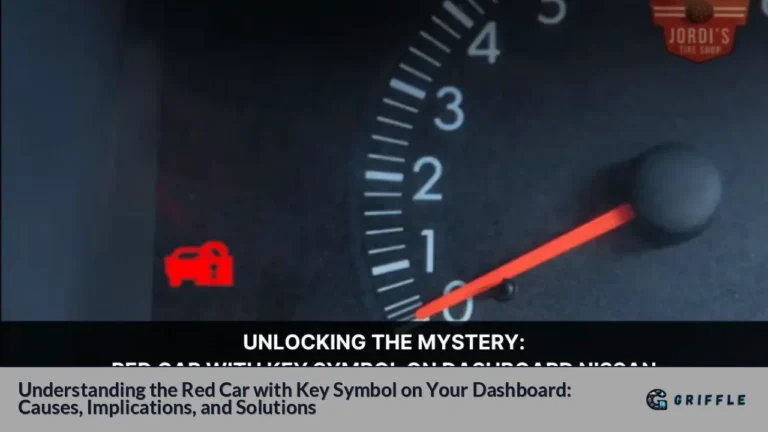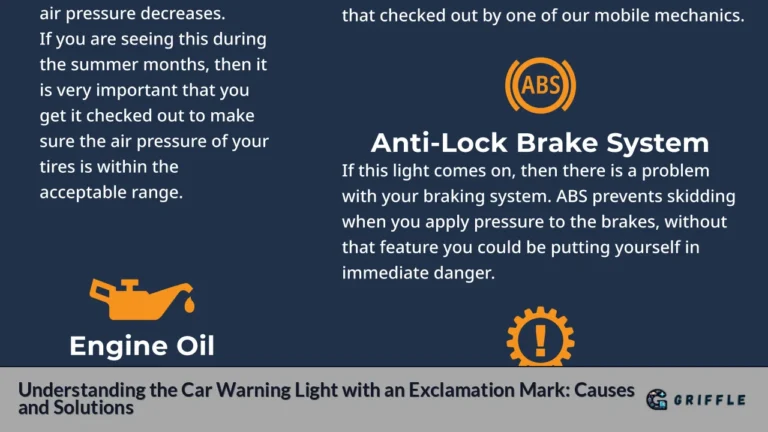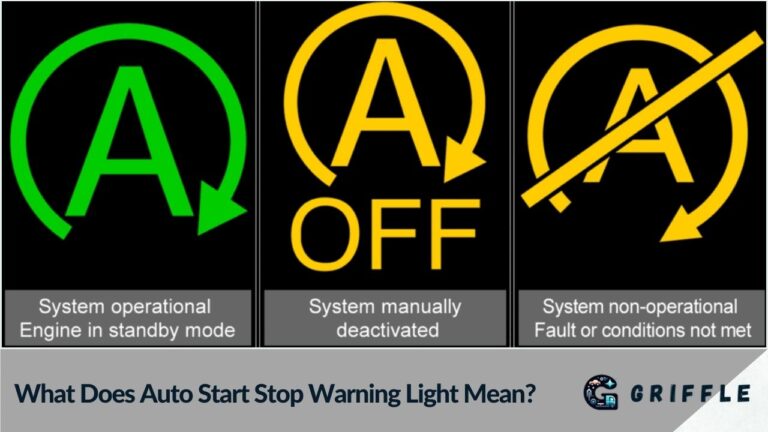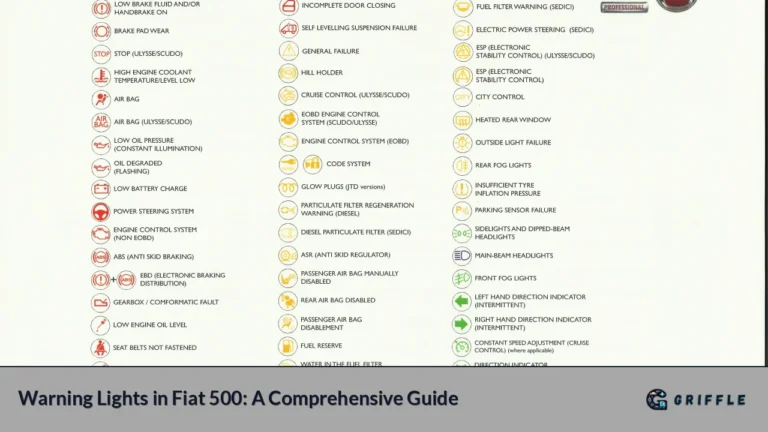The Dodge Electronic Throttle Control (ETC) warning light is a critical indicator for drivers, signaling potential issues within the vehicle's throttle system. This article delves into the intricacies of this warning light, exploring its causes, implications, and solutions to help vehicle owners navigate this common automotive concern.
The ETC system is an essential component of modern vehicles, replacing traditional mechanical linkages with electronic controls that enhance performance and efficiency. However, when the ETC warning light illuminates on the dashboard, it can create anxiety for drivers. Understanding what this light signifies and how to address it is crucial for maintaining vehicle safety and performance.
| Warning Light | Meaning | Potential Causes | Recommended Actions |
|---|---|---|---|
| ETC Warning Light | Indicates a problem with the throttle control system | Faulty sensors, wiring issues, throttle body problems | Consult a mechanic for diagnostics and repairs |
The Functionality of Electronic Throttle Control
How ETC Works
The Electronic Throttle Control system operates by using sensors to detect the position of the accelerator pedal and relays this information to the engine control unit (ECU). The ECU then adjusts the throttle valve accordingly to regulate engine power and efficiency. This system enhances fuel economy and reduces emissions compared to traditional mechanical systems.
Importance of the ETC System
The ETC system plays a pivotal role in vehicle performance. It ensures that the engine receives the correct air-fuel mixture based on driver input, contributing to smooth acceleration and optimal fuel efficiency. Any malfunction in this system can lead to significant performance issues.
Common Issues Triggering the ETC Warning Light
1. Sensor Malfunctions
One of the most prevalent causes of the ETC warning light is faulty sensors. These sensors monitor various parameters within the throttle control system. A malfunction can result in incorrect readings sent to the ECU, triggering the warning light.
- Throttle Position Sensor (TPS): This sensor measures the position of the throttle plate. If it fails, it can cause erratic engine behavior or even stalling.
- Accelerator Pedal Position Sensor: Similar to TPS, this sensor detects how far down the accelerator pedal is pressed. A failure can lead to unresponsive acceleration.
2. Wiring Problems
Electrical issues such as damaged wiring or poor connections can disrupt communication between components in the ETC system. This can lead to intermittent or complete failure of throttle control.
3. Throttle Body Issues
The throttle body itself may become clogged or malfunction due to carbon buildup or mechanical failure. This can prevent proper airflow into the engine, impacting performance and triggering the warning light.
4. Software Glitches
In some cases, software issues within the ECU can cause false readings or miscommunication between components, resulting in unnecessary activation of the ETC warning light.
Symptoms Associated with ETC Warning Light Activation
When the ETC warning light illuminates, drivers may experience various symptoms:
- Reduced Acceleration: The vehicle may struggle to accelerate or respond sluggishly when pressing the gas pedal.
- Engine Stalling: In severe cases, drivers may experience complete engine shutdown while driving.
- Limp Mode Activation: The vehicle may enter a safety mode that limits speed and power to prevent further damage.
Steps to Take When the ETC Warning Light Activates
Immediate Actions
- Pull Over Safely: If you notice any erratic behavior from your vehicle while driving, safely pull over and turn off your engine.
- Restart Your Vehicle: Sometimes, simply restarting your vehicle can reset temporary glitches in the system.
- Check for Additional Lights: If other warning lights are illuminated (e.g., check engine light), this may indicate a more serious issue that requires immediate attention.
Diagnostic Procedures
- Scan for Error Codes: Utilize an OBD-II scanner to retrieve error codes from your vehicle's ECU. This will provide insights into specific issues affecting your throttle control system.
- Visual Inspection: Check for any visible signs of damage to wiring or connectors associated with the throttle control system.
- Consult a Mechanic: If you cannot identify or resolve the issue yourself, take your vehicle to a certified mechanic for a thorough diagnostic evaluation.
Repair Options for ETC Issues
Common Repairs
- Sensor Replacement: If faulty sensors are identified as the cause of the warning light, replacing them is often straightforward and cost-effective.
- Throttle Body Cleaning or Replacement: Cleaning carbon buildup from the throttle body can restore functionality; however, if damage is severe, replacement may be necessary.
- Wiring Repairs: Repairing damaged wiring or connectors will ensure proper electrical communication within the system.
Cost Considerations
Repair costs can vary significantly based on diagnosis:
- Sensor Replacement: $150 - $200
- Throttle Body Repair/Replacement: $438 - $650
- Wiring Repairs: Costs depend on labor and parts needed but generally range between $100 - $300.
Preventive Measures
To minimize risks associated with ETC issues:
- Regular Maintenance: Schedule routine inspections of your vehicle's electrical systems and components.
- Keep Throttle Body Clean: Regular cleaning can prevent carbon buildup that affects performance.
- Monitor Warning Lights: Pay attention to dashboard indicators and address any warnings promptly before they escalate into more severe problems.
Conclusion
The Dodge Electronic Throttle Control warning light serves as an important alert for drivers regarding potential issues within their vehicle's throttle system. Understanding its causes and symptoms empowers drivers to take appropriate action before minor problems escalate into major repairs. Regular maintenance and prompt attention to warning lights can ensure optimal vehicle performance and safety on the road.
FAQs
- What does it mean if my Dodge's electronic throttle control light comes on?
The electronic throttle control light indicates a potential issue with your vehicle's throttle system that needs immediate attention. - Can I drive my car if the ETC warning light is on?
While it may be possible to drive short distances, it is advisable to consult a mechanic as soon as possible to avoid further damage. - How much does it cost to fix electronic throttle control issues?
Repair costs typically range from $150 for sensor replacements up to $650 for more complex repairs like throttle body replacement. - What are common symptoms associated with an active ETC warning light?
Common symptoms include reduced acceleration, engine stalling, and activation of limp mode. - How can I reset my electronic throttle control?
You can often reset it by turning off your vehicle and disconnecting the battery for several minutes; however, consult your owner's manual for specific procedures.
